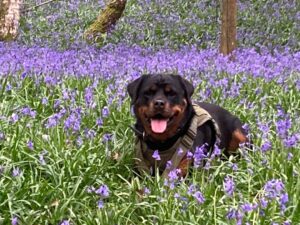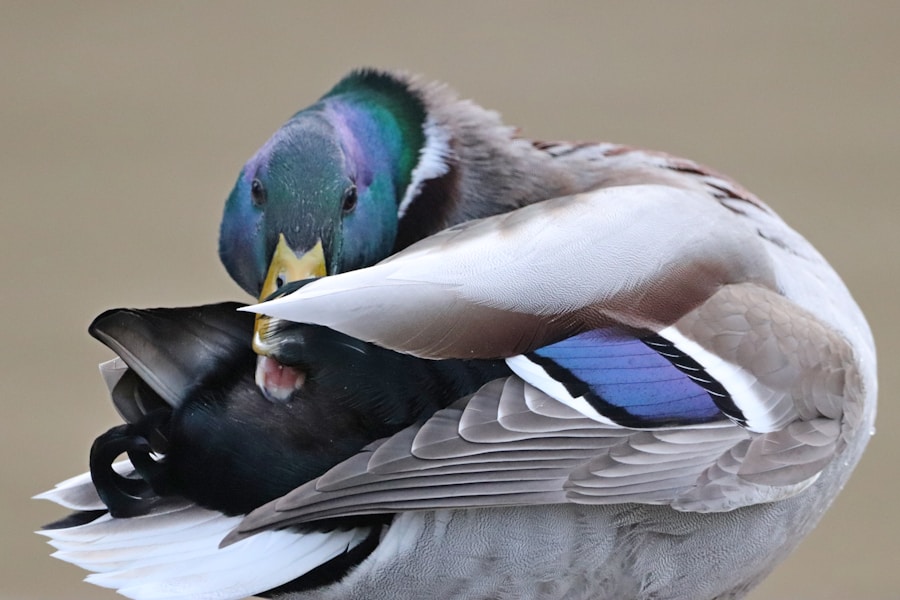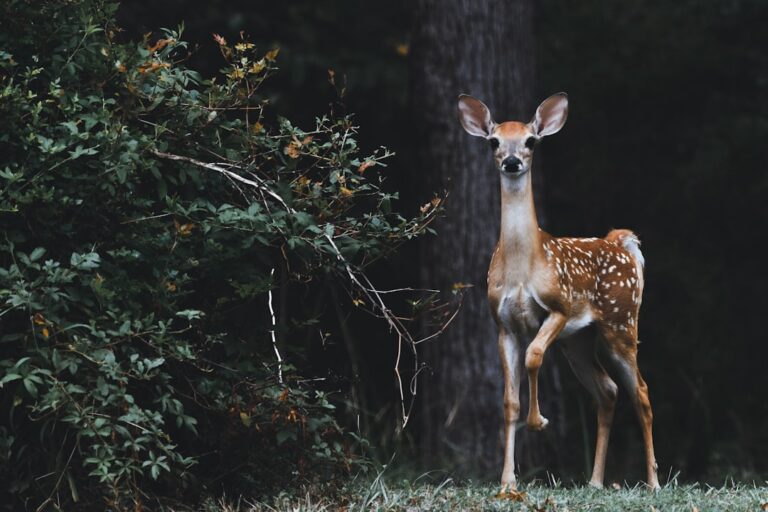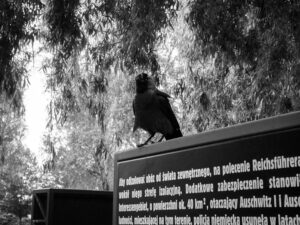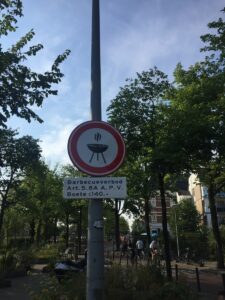Ducks exhibit a remarkable array of courtship rituals that are as diverse as the species themselves. These rituals often involve intricate displays of behavior, which serve to attract potential mates and establish dominance among competing males. For instance, the male mallard is known for its elaborate courtship dance, which includes head bobbing, preening, and a series of low-frequency quacks.
This performance not only showcases the male’s physical fitness but also signals his readiness to mate. The courtship rituals can vary significantly between species, with some ducks engaging in synchronized swimming or elaborate aerial displays to impress females. In addition to physical displays, the courtship process often involves a series of social interactions that can last for days or even weeks.
During this time, males may engage in aggressive behaviors towards one another, establishing a hierarchy that can influence mating success. The female’s response to these displays is crucial; she often evaluates the male’s fitness based on his ability to perform these rituals effectively. This complex interplay of behaviors highlights the importance of both visual and social cues in the mating process, making duck courtship a fascinating subject for ornithologists and bird watchers alike.
Key Takeaways
- Ducks engage in complex courtship rituals involving displays, vocalizations, and physical interactions to attract mates.
- Plumage and displays play a crucial role in duck mating, with males often showcasing vibrant colors and performing elaborate dances to impress females.
- Pair bonding is essential in duck mating, with males and females forming strong bonds to ensure successful reproduction and care for offspring.
- Ducks exhibit fascinating nesting and reproductive behaviors, including building nests in various environments and caring for their young after hatching.
- Duck mating involves challenges and competition, with males competing for the attention of females and facing threats from predators.
The Role of Plumage and Displays in Duck Mating
Plumage plays a pivotal role in the mating rituals of ducks, serving as a visual signal of health and genetic quality. Male ducks often exhibit vibrant colors and intricate patterns that are not only aesthetically pleasing but also serve as indicators of their vitality. For example, the striking green head of the male mallard is a key feature that attracts females.
This bright coloration is a result of carotenoid pigments, which are derived from the male’s diet and indicate his foraging success and overall health. Females are instinctively drawn to these vivid displays, as they suggest that the male possesses good genes that can be passed on to offspring. In addition to coloration, the physical displays associated with plumage are equally important.
Males often engage in posturing behaviors, such as puffing out their chests or spreading their wings, to emphasize their size and strength. These displays can be particularly pronounced during the breeding season when competition among males intensifies. The combination of striking plumage and dynamic displays creates a captivating spectacle that not only attracts females but also serves to deter rival males.
This dual function of plumage—both as an attractant and a deterrent—underscores its significance in the complex mating strategies of ducks.
The Importance of Pair Bonding in Duck Mating
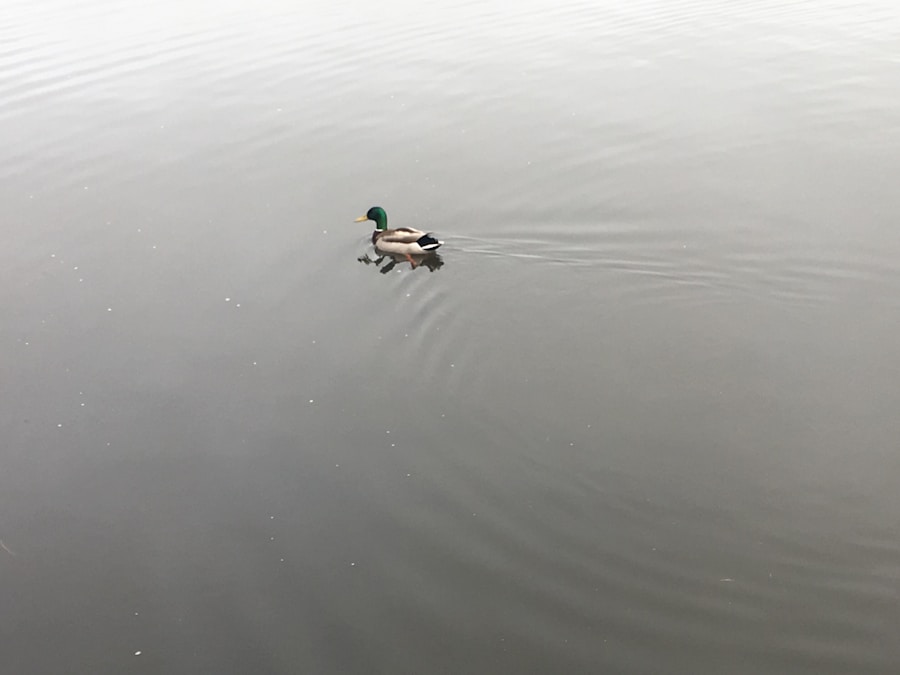
Pair bonding is a critical aspect of duck mating behavior, influencing reproductive success and offspring survival. Many duck species form long-term monogamous pairs during the breeding season, which can last for several months or even years. This bond is often established through courtship rituals and is reinforced by mutual grooming and synchronized movements.
The formation of a strong pair bond allows both partners to collaborate in nesting and rearing their young, increasing the likelihood of survival for their offspring. The benefits of pair bonding extend beyond mere cooperation in parenting; it also enhances reproductive success by ensuring that both parents are invested in the well-being of their young. In species such as the northern pintail, males and females work together to select nesting sites and defend them from potential threats.
This cooperative behavior not only protects the eggs but also fosters a stable environment for the ducklings once they hatch. The strength of these bonds can vary among species, with some ducks exhibiting more flexible mating systems that allow for multiple partners, while others remain strictly monogamous throughout the breeding season.
The Fascinating Nesting and Reproductive Behaviors of Ducks
| Species | Nesting Site | Clutch Size | Incubation Period |
|---|---|---|---|
| Mallard | Ground near water | 8-13 eggs | 26-30 days |
| Wood Duck | Tree cavity or nest box | 10-15 eggs | 28-37 days |
| Common Eider | Ground near water | 3-6 eggs | 24-26 days |
| Canvasback | Shallow water with vegetation | 6-12 eggs | 24-29 days |
Nesting behaviors among ducks are as diverse as their courtship rituals, with each species exhibiting unique strategies for ensuring the survival of their young. Most female ducks are responsible for selecting nesting sites, which are often hidden in dense vegetation near water sources. For instance, wood ducks prefer to nest in tree cavities or elevated platforms, while mallards typically choose ground nests concealed by grasses or reeds.
The choice of nesting site is crucial; it must provide adequate cover from predators while also being close enough to water for easy access to food. Once a suitable site is chosen, the female lays a clutch of eggs, which she incubates for about 28 days. During this time, she relies on her camouflage and nesting behavior to protect her eggs from potential threats.
Interestingly, some species exhibit communal nesting behaviors, where multiple females lay eggs in a single nest. This strategy can increase the chances of survival for individual ducklings by diluting predation risk. After hatching, ducklings are precocial, meaning they are relatively mature and mobile shortly after birth.
They quickly follow their mother to water, where they learn to forage and swim, showcasing the remarkable adaptability of ducks in their reproductive strategies.
The Challenges and Competition in Duck Mating
The mating season for ducks is fraught with challenges and competition, as males vie for the attention of females while simultaneously defending their territories from rivals. Aggressive interactions between males can escalate into physical confrontations, particularly in species where dominance hierarchies play a significant role in mating success. For example, male canvasbacks engage in fierce battles during courtship displays, using their size and strength to assert dominance over other males.
These confrontations not only determine access to females but also influence the overall genetic diversity within populations. Environmental factors also pose significant challenges during the mating season. Habitat loss due to urbanization, agriculture, and climate change can severely impact nesting success and availability of resources.
Ducks often rely on specific wetland habitats for breeding; when these areas are compromised, it can lead to decreased reproductive rates and increased competition for remaining resources. Additionally, changes in water levels can affect food availability during critical periods of egg incubation and chick rearing, further complicating the already competitive landscape of duck mating.
The Role of Vocalizations in Duck Mating
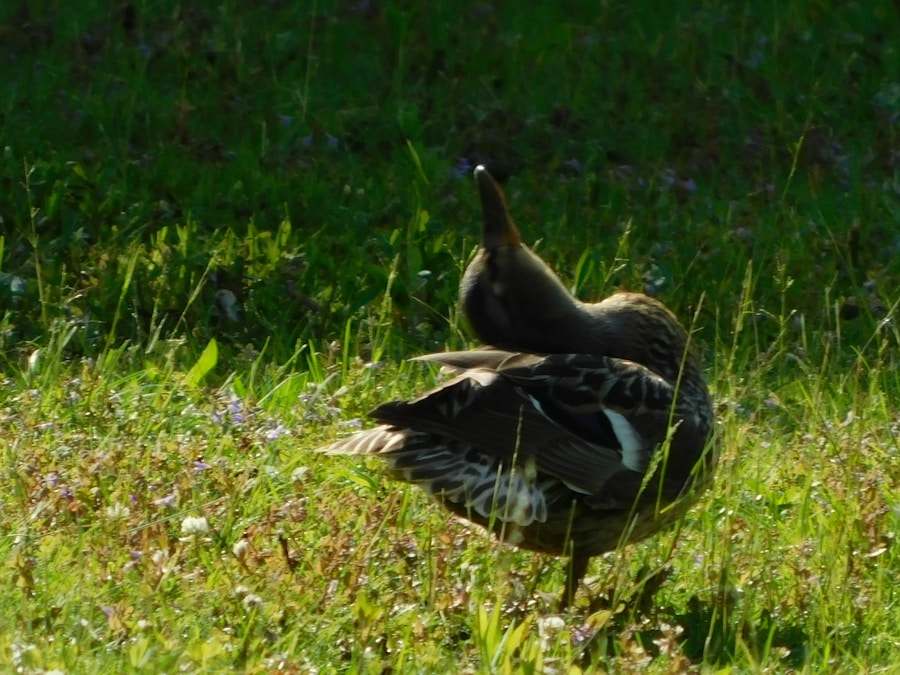
Attracting Mates and Asserting Dominance
Male ducks use specific calls to attract females and assert their presence within a territory. For instance, the distinctive quacking of female mallards serves not only as an invitation to potential mates but also as a means of coordinating with other females during nesting activities.
Vocalizations as Warning Signals
Vocalizations can also serve as warning signals during confrontations between males. The sounds produced during these encounters can vary significantly depending on the species; some may emit low-frequency growls while others produce high-pitched whistles or quacks.
Establishing Dominance and Reproductive Success
These vocalizations help establish dominance hierarchies among males and can deter rivals from encroaching on established territories. The complexity of vocal communication among ducks highlights its significance in both social interactions and reproductive success.
The Unique Adaptations for Duck Mating in Different Species
Ducks have evolved a variety of unique adaptations that enhance their mating success across different environments and ecological niches. For example, some species have developed specialized physical traits that facilitate courtship displays or improve reproductive success. The mandarin duck is renowned for its striking plumage and elaborate courtship rituals that include intricate swimming patterns and vocalizations designed to attract females.
These adaptations not only enhance the male’s attractiveness but also serve as indicators of genetic fitness. In contrast, other species have developed behavioral adaptations that allow them to thrive in more competitive environments. The common eider exhibits a unique nesting strategy where females often nest communally on remote islands, reducing predation risk through sheer numbers.
This adaptation allows them to take advantage of limited resources while still ensuring the survival of their young. Such variations in mating strategies underscore the incredible diversity within the duck family and highlight how different species have adapted to their specific ecological contexts.
The Impact of Human Activity on Duck Mating Behaviors
Human activity has had profound effects on duck mating behaviors and reproductive success across various habitats worldwide. Urbanization, agricultural expansion, and climate change have led to habitat degradation that directly impacts nesting sites and food availability for ducks during critical breeding periods. Wetland drainage for agriculture has been particularly detrimental; many duck species rely on these ecosystems for breeding and feeding.
As wetlands disappear or become fragmented, competition for remaining resources intensifies, leading to decreased reproductive rates. Moreover, hunting pressures have historically influenced duck populations and their mating behaviors. In regions where hunting is prevalent, certain species may alter their breeding strategies or timing to avoid human disturbances during critical periods such as nesting or migration.
Conservation efforts aimed at protecting habitats and regulating hunting practices have become essential in mitigating these impacts and ensuring sustainable populations of ducks in the wild. Understanding how human activities intersect with natural behaviors is crucial for developing effective conservation strategies that support both duck populations and their ecosystems.



